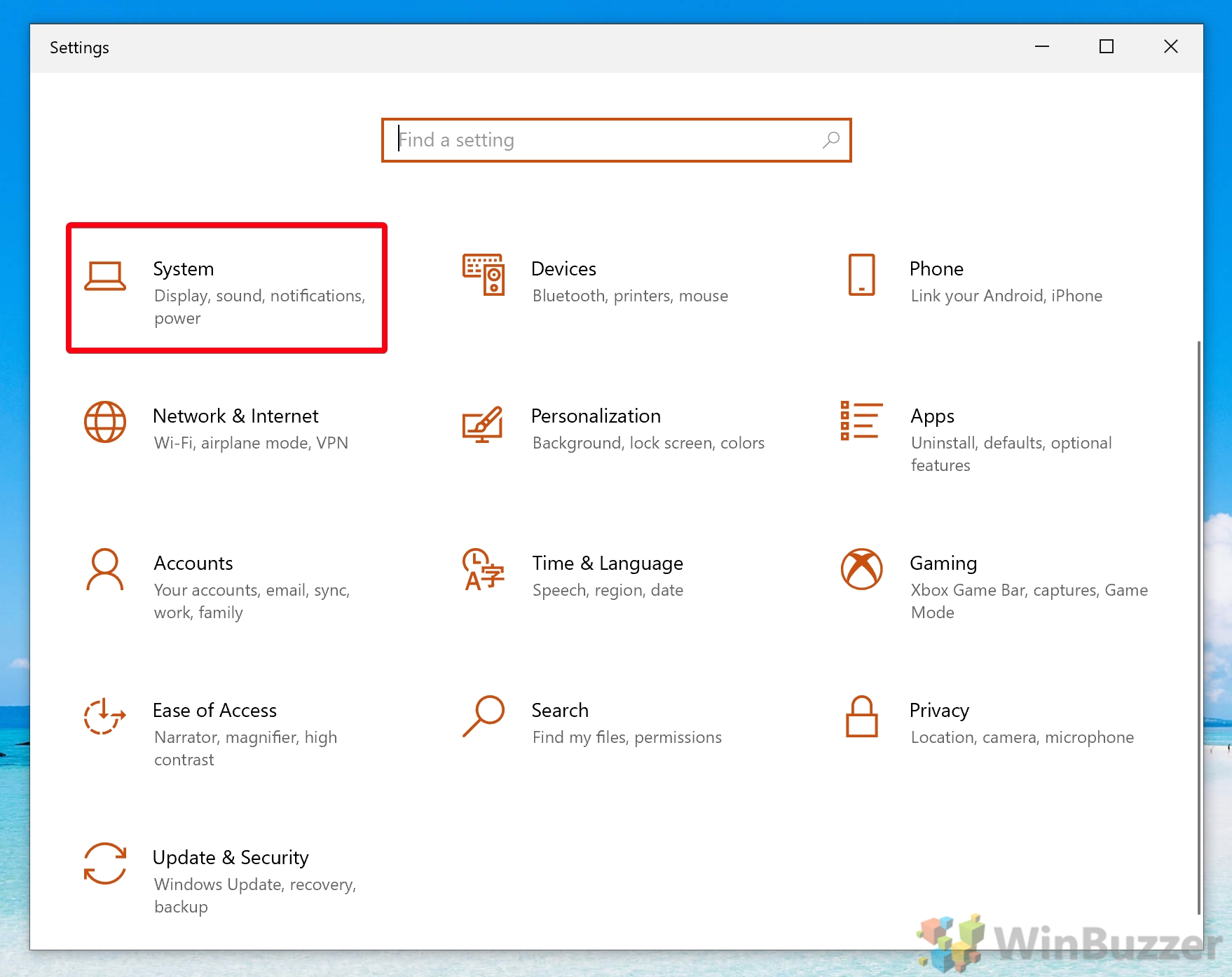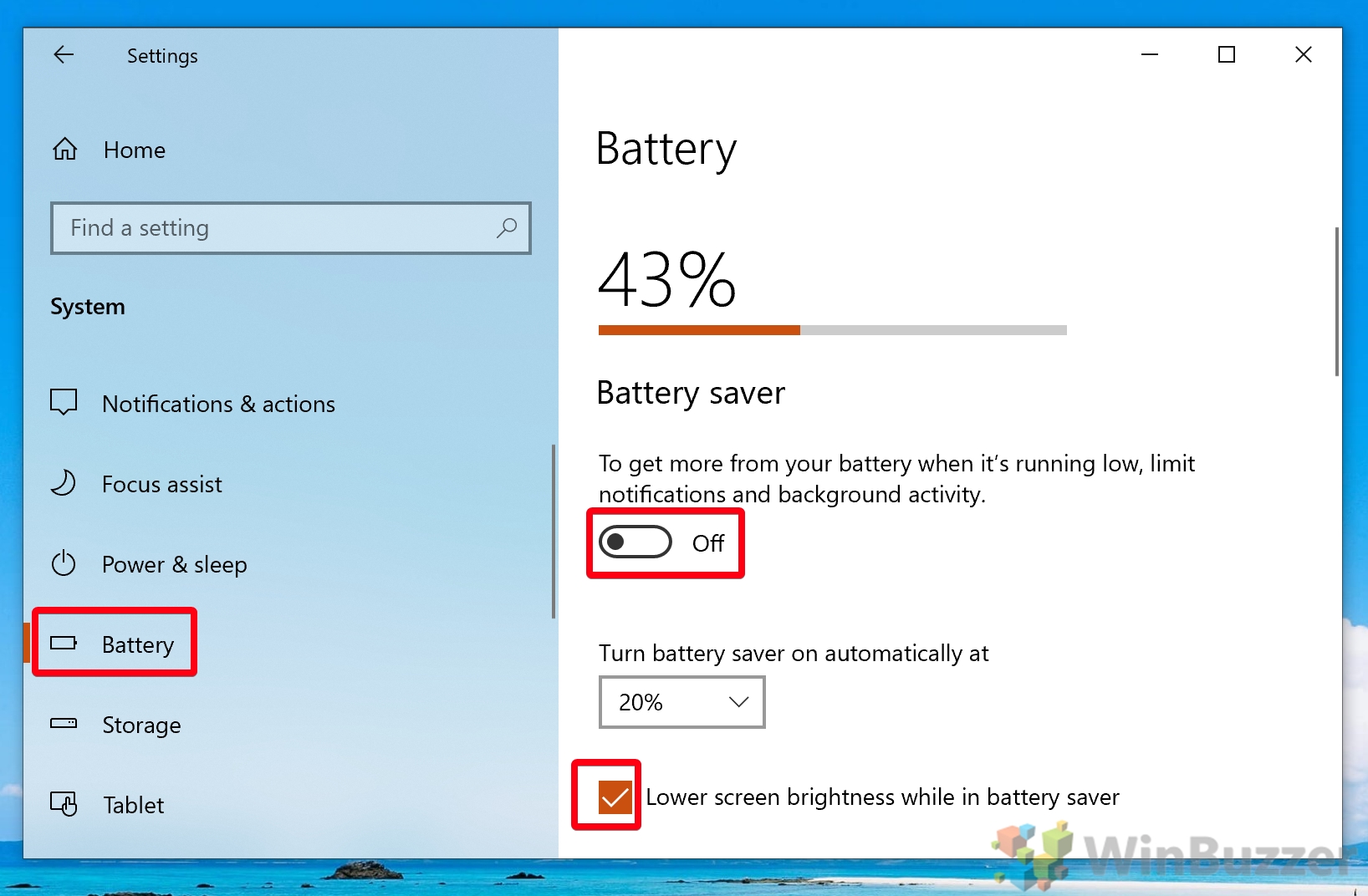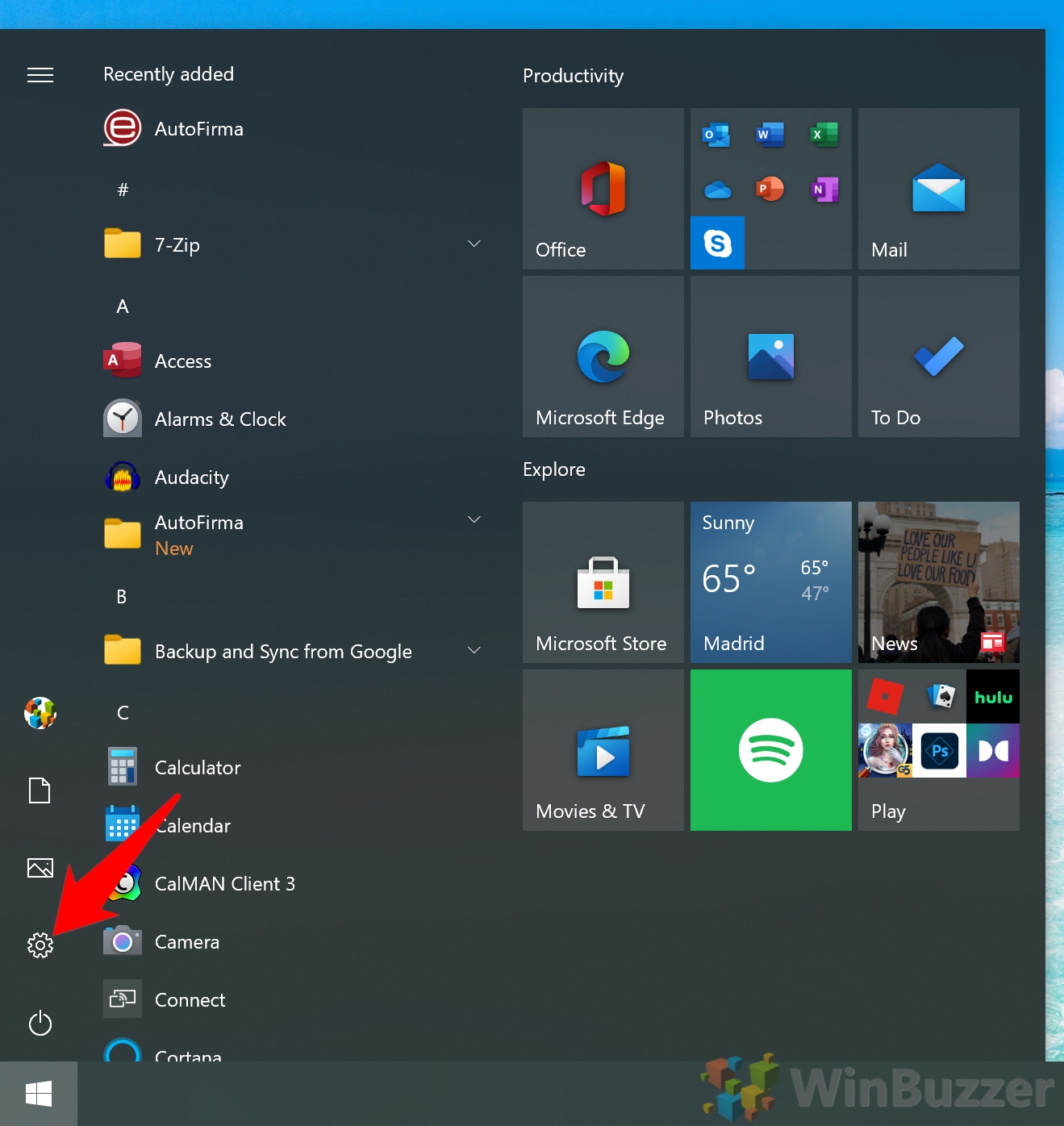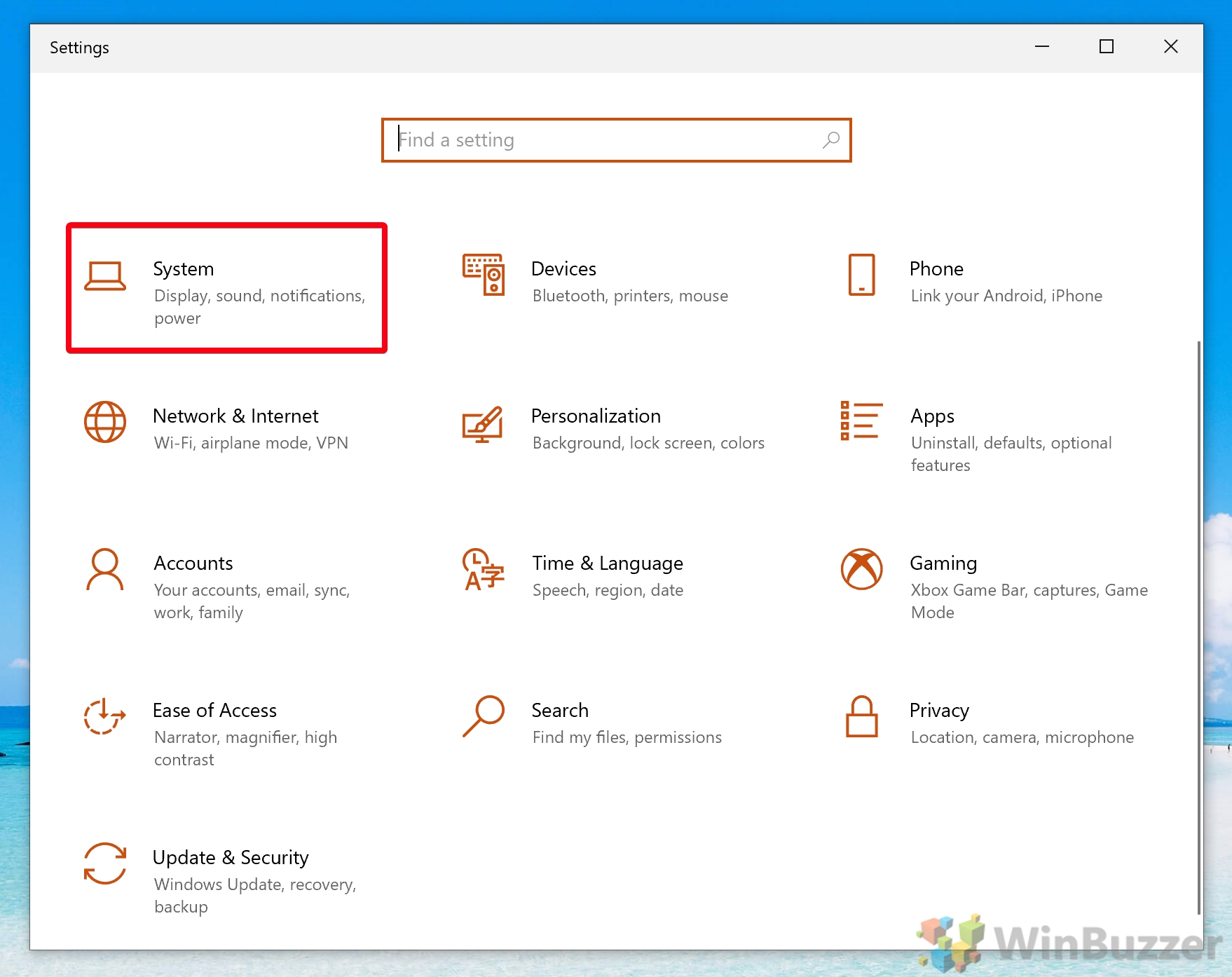Though the amount of juice you can get out of a laptop’s battery has improved over the years, it’s still far from perfect. As a result, Windows 10 has techniques to squeeze out every last drop when you’re in a bind. Today we’re going to walk you through Battery saver, including how to turn off Battery saver when you don´t need it to change power saver mode.
What is Battery saver mode?
Before we get into it, let’s talk a little bit about what Battery saver is and the effect it will have on your system. This way, you can make an informed decision about whether you want to leave in on.
The first thing you should know about Windows 10 Battery saver is that it will automatically kick in when your laptop’s battery falls below 20%. Microsoft assumes that if you aren’t charging at this point, you have a good reason for it, and therefore need some help to keep your laptop alive.
However, putting your computer in this mode has some downsides. Namely, it will disable some features.
What does Battery saver do?
Battery saver for Windows 10 takes the following actions:
- Disables syncing for the Microsoft Store, Mail, People, and Calendar apps
- Blocks background apps
- Blocks Non-critical Windows update downloads
- Reduces your display brightness by 30%
- Blocks the majority of Microsoft’s telemetry
- Stops most Windows Task Scheduler tasks from running
Now let’s talk about what Battery saver isn’t. Battery saver is not the same as the power save mode. The power-saving plan in Windows 10 is separate and does things like adjust your sleep time, turn off your hard disk, and change your system performance.
Now that you’re aware of the consequences, let’s dive into how to turn it on or off:
How to Turn On or Turn Off Battery Saver via the Windows 10 Action Center
The simplest way to turn Windows 10 Battery saver on or off is through the Action Center. Unless you have disabled the Action Center, this should be your main method of interacting with the mode.
- Open the Action Center and click “Battery saver”
If you haven’t realised, you can access the Action Center by pressing the message icon in the bottom right corner of your taskbar. If the Windows battery saver icon is lit up, it indicates that battery saver is on.
Simply click the icon to turn it on or off whenever you like.
How to Manually Turn Off or Turn On Battery Saver Mode in Settings
If you don’t like to use the Action Center, you can access Battery saver through the Windows 10 Settings menu. This will give you the additional ability to control whether your brightness dims independently.
- Open Settings
Press Start and then click the settings cog in the Start Menu, above the power button.
- Click “System”
- Turn Windows battery saver on or off
In the Settings sidebar, click “Battery”, then look for the “Battery saver” heading in the main pane. Switch the toggle underneath “To get more from your battery when it’s running low, limit notifications and background activity”. Naturally, putting it to off will turn off the power saving mode, while “On” will turn on battery saver mode.
Optionally, you can keep Battery saver on but untick the “Lower screen brightness while in battery saver” option. This will ensure you can still see your laptop on low battery even if it’s a sunny day.
How to Turn Automatic Battery Saver On or Off in Settings
We’ve shown you how to turn Battery saver on or off manually, but that won’t stop it from kicking in automatically when your battery reaches 20%. For that, we need to dive into the Settings app once more, where you can change the percentage or disable it entirel
- Open Settings
Press Start, then click the settings cog above your power button. Alternatively, press “Windows + I”.
- Click “System”
- Change your automatic Battery saver value
Click “Battery” in the Settings sidebar, then looking for the text that says “Turn battery saver on automatically at”. Click the drop-down and choose a value from the list.
Optionally, choose whether Windows 10 dims your brightness by ticking or unticking the “Lower screen brightness while in battery saver” setting.

That’s all for this Battery saver in Windows 10 guide. However, if you’re still experiencing problems with your battery life, it may be worth checking your battery health. You can also squeeze out some extra juice by telling Windows to turn off your hard disk when idle.
Last Updated on February 14, 2022 7:45 pm CET by Markus Kasanmascheff











